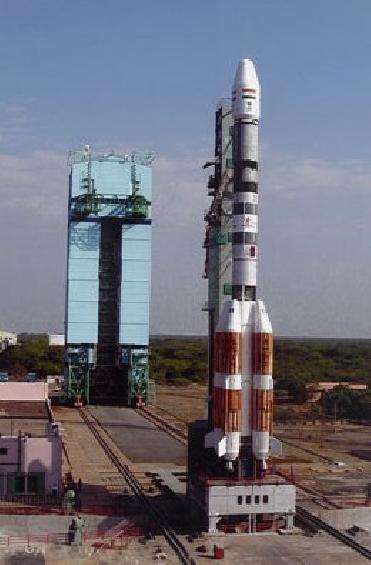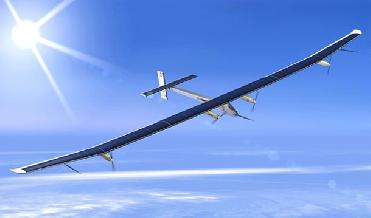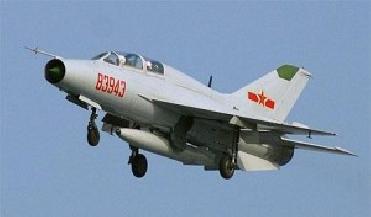
GSLV F 01. ISRO photo
BANGALORE (BNS): India is set to launch the Geosynchronous Satellite Launch Vehicle (GSLV-D3) - that will be powered by an indigenous cryogenic engine on April 15 from the Sriharikota spaceport.
GSLV-D3 would carry on board the advanced communication satellite - the GSAT- 4 in the proposed mission.
Only five countries in the world possess the cryogenic technology today. With the launch, India would join the elite club of countries that have this sophisticated technology.
A PTI report quoting ISRO said there was no Russian involvement in the design and production of the cryogenic engine developed indigenously.
The news agency quoted ISRO Chairman K Radhakrishnan as saying, �India certainly learnt a lot working with Moscow and it was a �good learning experience.� But he asserted: "The (cryogenic) engine is designed by our own engineers; our own industry fabricated it, tested....� He added: "It's Indian. You should be proud of it".
According to ISRO officials, the US exerted pressure on Russia not to provide cryogenic technology and India took a bold decision in 1992 to develop it indigenously. Of the seven engines supplied by Russia earlier, ISRO has used five.
Radhakrishnan said India developing this complex technology is a "befitting reply" to technology denial regimes.
He said, about Rs 335 crore was spent in the development of the indigenous cryogenic engine and stage.
Indigenously developed Cryogenic Upper Stage (CUS) being used for the first time in GSLV-D3 is fully qualified having undergone the full flight duration test of 800 seconds successfully. The indigenous CUS would be used in place of Russian cryogenic stage employed so far in GSLV.
 Previous Article
Previous Article Next Article
Next Article












The Indian Air Force, in its flight trials evaluation report submitted before the Defence Ministry l..
view articleAn insight into the Medium Multi-Role Combat Aircraft competition...
view articleSky enthusiasts can now spot the International Space Station (ISS) commanded by Indian-American astr..
view article